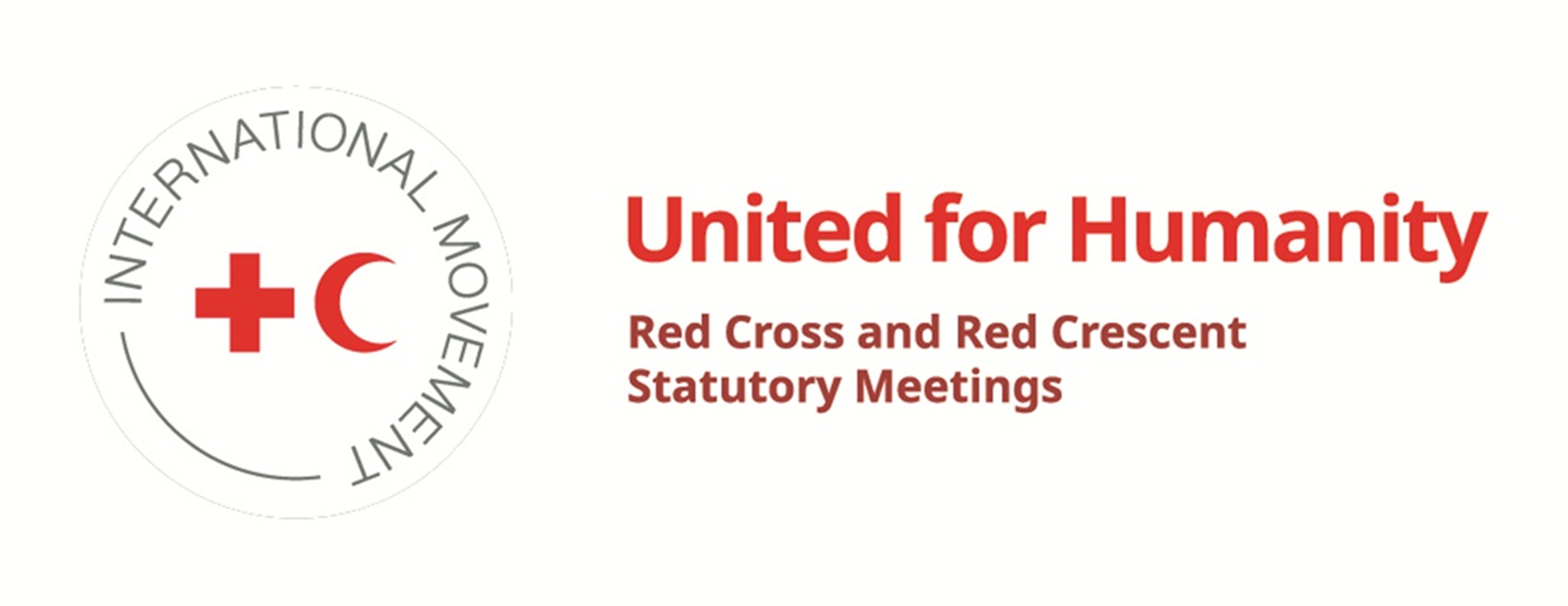Actions taken:
2019 Report
On 14-15 March 2018, the National Red Cross Societies of Canada, Mexico and the United States partnered to convene the North American Humanitarian Response Summit (NAHRS) in Washington, DC. The objective of the Summit was to strengthen North American mutual assistance after large-scale disasters or crises, and convened 130 representatives of the three National Societies, government officials as well as other representatives of the humanitarian sector engaged in cross border support.
Key action points emerged from the Conference, three of which address specific areas of concern to Disaster Law: 1) the need for pre-qualification/credential recognition of international emergency medical teams and other specialized response personnel; 2) the establishment of a visa waiver process for humanitarian responders; and 3) pre-certification of incoming supplies and equipment. The Summit also led to the creation of the North American Humanitarian Response Initiative (NAHRI), which aimed to further advance the work accomplished through NAHRS by creating thematic working groups in the areas of Specialized Teams, Equipment and Supplies, and Accountability to Underserved Populations.
In May 2019, representatives of the American and Canadian Red Cross made a presentation on NAHRI and cross-border support to the Principals of the Emergency Management Consultative Group, an intergovernmental platform between Canada and the USA. A presentation on the same topic was also delivered in June to Senior Officials Responsible for Emergency Management (SOREM), a Federal/Provincial/Territorial (FPT) body that works to harmonize and improve emergency practices across the country.
In February 2019, CRC hosted a workshop in Wendake, Québec, where over 40 participants from First Nations communities, emergency management offices and other key actors from Canada, Mexico and the US met to share and improve on best practices in enhancing assistance to vulnerable people. Themes discussed during the workshop included the importance of understanding trauma and history in engaging with Indigenous communities, the Missing Maps project and specific vulnerabilities faced by immigrants during disasters. The Canadian Red Cross continues to work closely and in partnership with Indigenous communities for a more inclusive response to crises and emergencies.
2017: Mid-Term Report
The Canadian Red Cross recognizes the ongoing engagement of the Canadian Government in the promotion of International Disaster Law (IDL) guidelines including the Checklist on Law and Disaster Risk Reduction both in Canada and globally.
The Canadian Red Cross is proud to work closely with our government to provide support and guidance on policies and laws related to disaster response across the country via participation in various forums including as a permanent Advisory Committee member of Canada’s Platform for Disaster Risk Reduction (DRR), and as chair of the Volunteer Sector Working Group of this committee. Furthermore, Canadian Red Cross has also significantly engaged in the Regional Platform for DRR in the Americas which Canada hosted in Montreal in March 2017 and supported the Canadian delegation to the Global Platform for DRR in Cancun Mexico May 2017. Each of these platform gatherings provides further opportunity to discuss how International Disaster Response Guidelines and frameworks such as the Sendai Framework can be applied into a Canadian context. CRC is encouraged by the evidence based monitoring process of the Sendai framework and sees this as an opportunity to further demonstrate Canada’s risk reduction actions by all stakeholders.
Canadian Red Cross has also engaged in operational exercises where facets of IDL policy and process were implemented and exercised. For example:
- Exercise Staunch Maple –held in April 2017. Canadian Red Cross participated in the bi-national, whole-of-government exercises aimed at enhancing inter-agency protocols and communication to build emergency capacity and improve the federal response to a significant threat to Canada.
- Province of British Columbia Provincial Government Earthquake Exercise Coastal Response– June 2016. Exercise Coastal Response was Western Canada’s first, full-scale earthquake and tsunami response is a test of the BC Immediate Response Plan (IRP) that outlines the steps that the Province and its partners will undertake in the immediate aftermath of a massive earthquake. The goal was to exercise elements of the IRP and strengthen relationships among and across partners and stakeholders to enhance operational co-ordination.
In May 2016, Canada’s Minister of Public Safety and Emergency Preparedness, and the Canadian Red Cross, signed a Memorandum of Understanding (MOU) detailing how the organizations will continue to work together on matters of emergency management and disaster risk reduction. This MOU details how Public Safety Canada and the Canadian Red Cross will collaborate to support Canada’s commitments under the United Nations 2015-30 Sendai Framework for Disaster Risk Reduction and to advance implementation of resolutions endorsed by Canada at the 32nd International Conference of the Red Cross and Red Crescent (2015).




